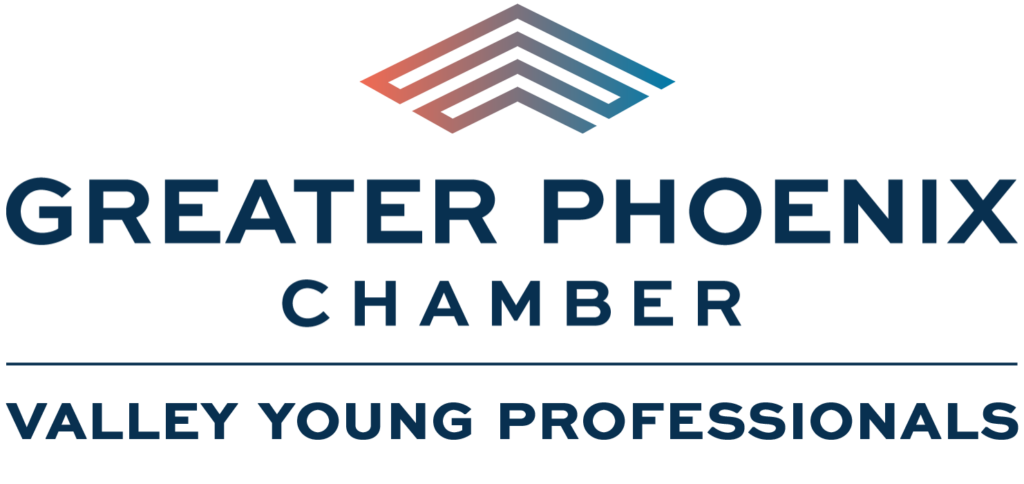
September is “National Update Your Resume Month” which means regardless of whether you are looking for a new position or not, it’s a great time to pull out that old resume and update it with some of your awesome milestones and accomplishments. Think about it: how difficult is it to update your resume after a year or two and try to remember all of the great things you did at your current position, let alone quantify these “wins” (don’t worry, we will dig into this more later)? As a Practice Lead at VincentBenjamin (a specialty recruiting firm), I get to see the good, the bad, and the ugly every day when it comes to resumes. With that said, I’d like to share some of our top tips below, to give that old resume the face-lift it so desperately needs!
Note: Before I switched gears into the recruiting industry I was a former teacher, so in that spirit I tried to write this piece so that you could read some “before” and “after” examples of the same tip. Before you read on to the explanations below, I challenge you to think about how you could improve the “before” example.
Tip #1: Quantify and Measure Everything
Before – “Managed a large team of employees”
Lots of questions here, right? How many reports? Were you a good leader? What would make you a good leader? This is where my first piece of advice comes in – quantify and measure everything. It will take some time to reflect on your most recent position, so this is why it is always great to have a running record (I recommend a Google Doc or Microsoft Word Document) to track the accomplishment as soon as they take place with some way to quantify that accomplishment. Will you be able really quantify and measure everything? I would say yes, but always more the better.
After – “Managed over thirty-five information technology contractors with over 80% getting contracts extended due to outstanding performance or converted to full time employment”
Tip #2: Explain how your actions (direct or indirect) impacted the business
Before – “Top 10 producer”
That’s great that you are a “top 10 producer” but how did that impact the company’s bottom line? Were you able to increase revenue by X amount from the previous year because you implemented a better customer check-in system, or were you able to decrease the costs of advertising because you successfully brought on new partners who picked up these expenses? Companies and leaders want to know how your hard work and accomplishments not just make you look good but how at the end of the day brought some true value to the company. Don’t get me wrong, sometimes these can be indirect impacts to the organization at large, but you still contributed to the team.
After – “As one of the senior account managers, I was able to successfully partner with clients to increase the revenue into the organization by X amount, which led me to be one of the top 10 producers in the company nationwide”
Tip #3: Make sure an internal talent acquisition, human resource specialist, or recruiter can understand your accomplishments
Before – “Increased GM to the company in 2020
Look, I know every industry and every skilled professional has pretty much their own language, acronyms, etc. but for most positions an internal talent acquisition professional, human resource specialist, or recruiter will be the first person who will screen and interview candidates even for the most specialized roles. It is imperative that you write your resume in a way where someone who is not as specialized as you will be able to understand and speak to your accomplishments in the early stages of the interview process. In the example above, make sure you are staying away from acronyms, and spelling out in simple terms exactly what you accomplishments were. Bonus tip: always account for year over year changes. This is connected to “Tip #1 Quantify and Measure Everything”. The way to take this to the next level is to share a year over year difference.
After – “From 2019 to 2020, I was able to increase the general revenue coming into the company by X amount”
Tip #4: Rank Order Your Bullet Points from Most Important to Least Important
Hiring leaders are busy. Hiring can be a full-time position on top of the full-time position they already have. We like to think that each hiring manager will take the time to meticulously review your resume, but from experience, they might be looking at the first three to five bullet points on your most recent position and move on to the next. It’s essential that you rank order you accomplishments for each position so that your best “wins” are not missed at the bottom of your bulleted list.
Final Thoughts
While I hope these tips will help you give those resumes a makeover, I highly recommend reaching out to a recruiter who can give you even more specific feedback and insight on what we are seeing in the market when it comes to resumes, interview processes, and opportunities. There are also a lot of other great resources out there as well; two of my favorites are themuse.com and LinkedIn’s Blog. Good luck!


